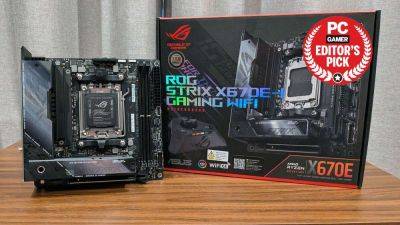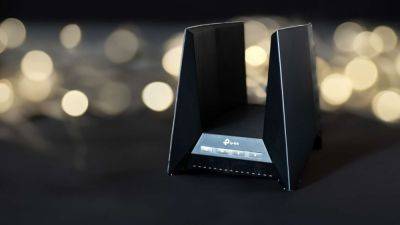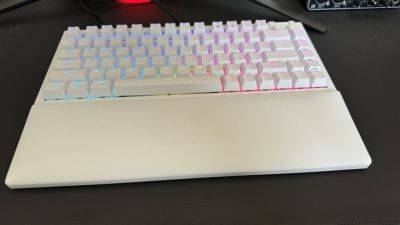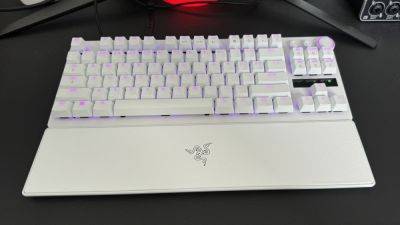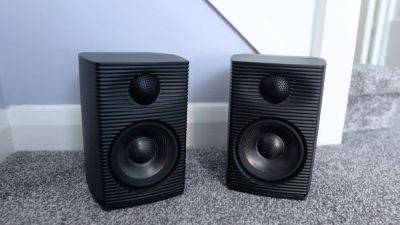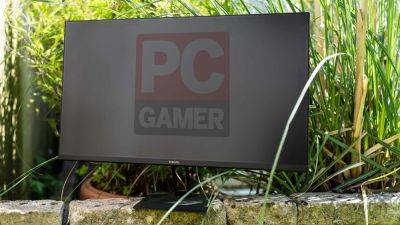Asus RT-BE88U review
Is there anything Asus doesn't make? The Taiwanese company has knocked out everything from 80486 motherboards to PhysX cards, to some excellent gaming laptops, and you'd expect its Wi-Fi routers to be top quality too. For the most part, this new Wi-Fi 7 model is exactly that, but it comes with a specific omission.
Since Wi-Fi 6E, routers have been able to broadcast on three frequencies. There are the common 2.4GHz and 5GHz bands, and a 6GHz band that offers greater speeds at a shorter range. It's ideal for a gaming PC in the same room as the router, and frees up the others for phones, tablets, and the IoT devices that are increasingly cluttering up our homes. This router doesn't have that band, but does that mean you're missing out?
Not really. The 6GHz band is fast, but it's also shorter-ranged, and doesn't penetrate solid objects as well. Wi-Fi 7 routers have some clever tricks, however, that mean you can get excellent speeds—certainly faster than you'd need on an average internet connection—on the other bands.
There are the 320MHz-wide channels, which double the potential bandwidth from Wi-Fi 6 and leave Wi-Fi 5 in the dust. You get 4K-QAM that alters the phase and amplitude of the Wi-Fi signal to squeeze more data into the same space, and MLO (Multi-Link Operation) that allows a client to connect via 2.4GHz and 5GHz at the same time. Even without 6GHz (which isn't approved for use in all countries) Wi-Fi 7 is faster, more reliable, and has less latency as long as you have the equipment to take advantage of it.
Wireless standard: Wi-Fi 7
Max wireless speed (claimed): 1376 Mbps (2.4GHz), 5764 Mbps (5GHz)
Ethernet ports: 8
WAN: 10Gbit
Processor: 2.6GHz quad-core
RAM: 2GB
Storage: 256MB
USB: 1x 3.0 Type-A
Dimensions: 300x188x60.5mm
Weight: 1kg
Price: $350 | £340
Yes, you're going to need a new PC, phone, tablet, smart fridge, whatever to take full advantage of Wi-Fi 7 (though it is of course backward compatible), whether you connect to the 6GHz band or not, but sharing your


